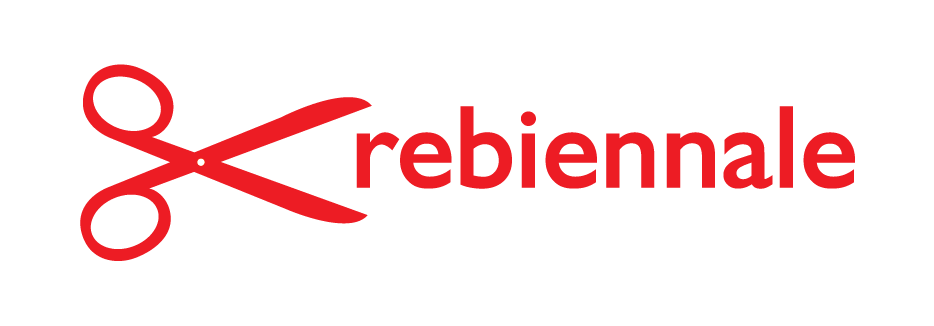Rebiennale project started many years ago as a common practice of a collective of young venicians creative finding in natural materials and recycling great resources to regenerate unused spaces of a city. Street furniture and installations with a low environmental impact are the results of the active involvement of the citizens.
In 2008 what was a shared vision and a common practice turned into a more articulated project: the cooperation with the curators Aaron Betsky Gandolfi, IUAV and several collectives of architects, invited at the XI edition of Biennale, made possible the development of a pilot study project focused on material’s life cycle inside the pavilions and on possible strategies of reuse of it.
So far Rebiennale actively involved national pavilions, cultural institutions, foundations and university students from all over the world; for the IUAV university is a self-training recognized experience in which the scoring credits is linked to the active participation in a both theoretical and practical project located in the venetian territory.
The possibility of saving on the enormous costs of disposing and the chance of being part of an experimentation regarding the reuse of their works – and their ideas- arouse the curiosity and involved many curators and professionals in the sector; the implementation of re-use, more than meaning a better environment, have actually meant the making of social projects of self-building, publics and no-profit, involving in that way networks in the city of Venice and volunteers groups that all together shared their know-how for the care of the city.
The great volume of waste can therefore become a resource and the challenge is to achieve a zero waste process. To achieve this goal it will be crucial the planning of re-use since the very early stages of the exhibit, that’s why we are inviting you to:
CALL FOR SECOND LIFE
- Declare the availability of materials from the start of the exhibition!
This choice can facilitate the search for “second life” and planning the how the materials will be reused. The data gathered will be shared with the public through a social “call”: the objective is to reduce to a minimum the cost of transport and to avoid, at the end of the exhibition, the costly warehousing of the materials awaiting a permanent collocation. We plan to collaborate with citizen networks, institutions and volunteer associations, from a simple sharing of the materials to the participation in the future phases of construction. - Participate in the research/analysis of the Life Cycle Assessment.
Curators and artists will not only offer their own materials but collaborate with our team (trough workshops and university credits) providing all the necessary information to calculate the environmental footprint of the installation
A better understanding of the construction process help the comprehension of weak links and feeds a culture odf sustainability, representing an example of method for future editions. - Disassembly, disposal of waste and re-use Materials
Our team analyse in detail the disassembly, transportation and residual disposal and taking care directly of all steps: from the opening of the disassembly site to the restoration of the exhibition space to its original condition. The phase of disassembly is a delicate moment in which the future re-use of materials, especially iin case of a work done hastily with the only care for the maximum financial profit, can be jeopardized.
The intervention of our technical team allows to operate on each kind of structure in a professionel and innovative way, obtaining the implementation of re-use in function of the “second life”.
Moreover, to create new job opportunities and also to sustain the majority of the voluntary activities connected, the no-profit nature of Rebiennale is a guarantee of an equal redistribution of the economic flows attracted. - Re-Use to Go
With this option can be made a donation, but is not involving the technical team in the phase of disassembly. In this case the possibility of re-use of materials can be verified only at the end of the disassembly, after the evaluation of the state of ” health ” of the materials. An estimate will be provided when the volumes of materials are of a big size and there are no means for delivery.
Share this Post
